You all know that fly casting is an art. The art of loop control. The real artist knows exactly what to do and when to do it. Timing is the essence. The skilled caster keeps the lower and upper leg of the loop both travel in a straight line path. Because what he wants is a narrow loop that will pierce through the omnipresent wind like a hot knife through butter. Now take a look at the picture and weep. What the !%$*^& am I doing here? Sometimes it takes a picture or a video to see the error of one's ways. Or maybe I can blame it on the photographer.....
Erik
Dear Erik,
Nope, sorry Erik, a photographer just record what he sees. He can control shutterspeed (1/125; should have been faster in this picture), aperture (f/6.3; about ok for a d.o.f. that needs to cover the whole line), sharpness (diffucult to say what causes the unsharpness of the streamer, motion blur or out of focus) and ISO (500; could have been higher to facilitate a higher shutterspeed). He has influence on the place he takes the picture from and so determine the composition of the picture, but only photoshop and other computerwizard tricks can make a bad cast look good.
But, casting a large streamer, you managed to get it across without hitting the floor or a tree. You placed it within 1 foot of the bank on the other side of the river, so who cares about art.
Harmen-Jan
N.B.
Apart from making a bad cast look good (which would've been a hell of a challenge in this case by the way) you can also use Photoshop to serve as a less radical, but still very useful tool for tweaking your pics. In this case, it took a B&W layer on which you brush back the original colors of the line and after that a further blending change of the layer to make the line and streamer stand out more from the rest, while still keeping some nice green colors in the background.
Hajé
20 December 2009
Subscribe to:
Post Comments (Atom)
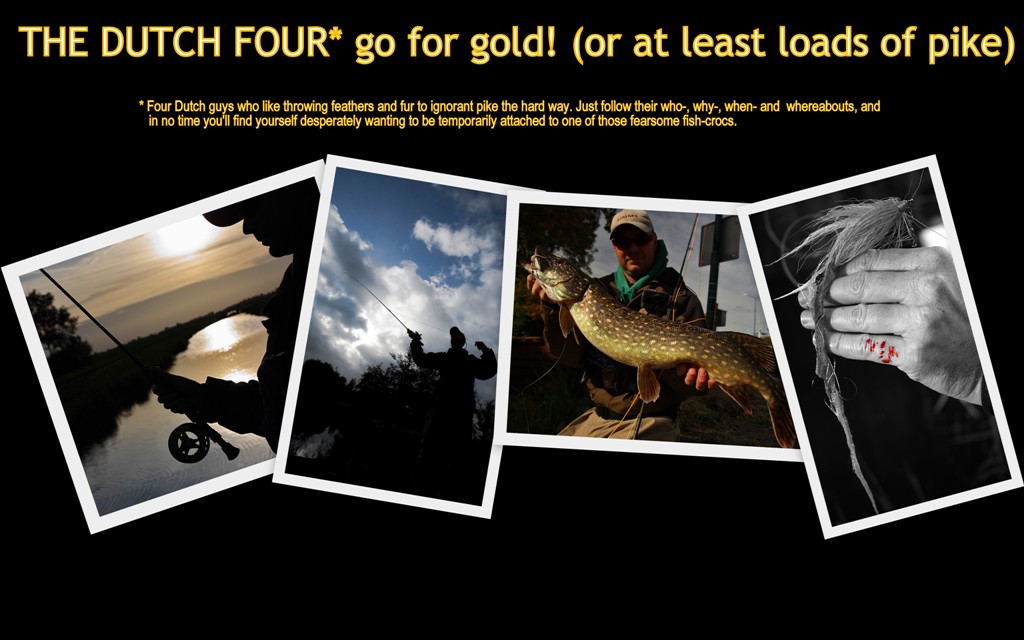



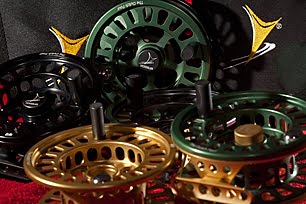
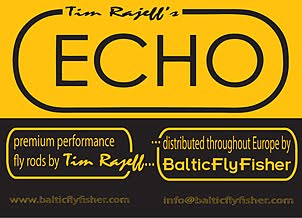
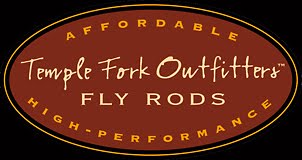


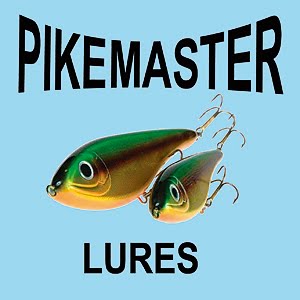

+302.jpg)
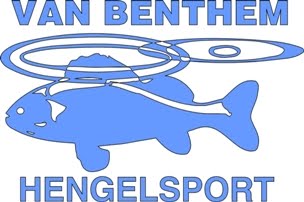





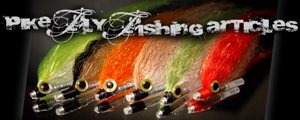
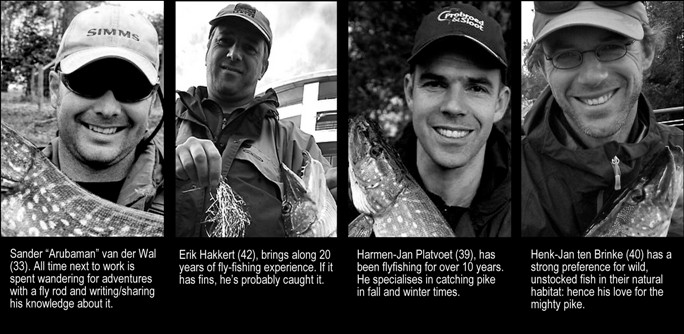
No comments:
Post a Comment